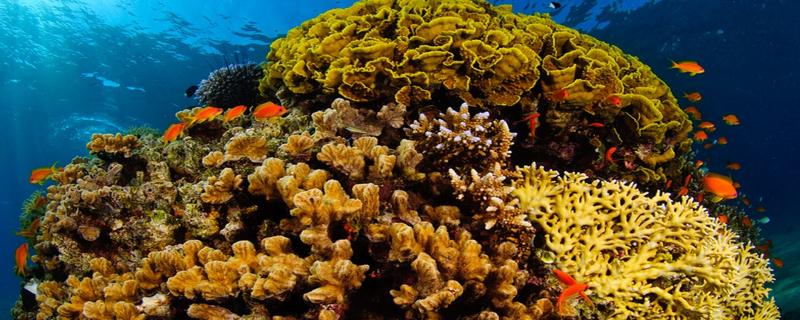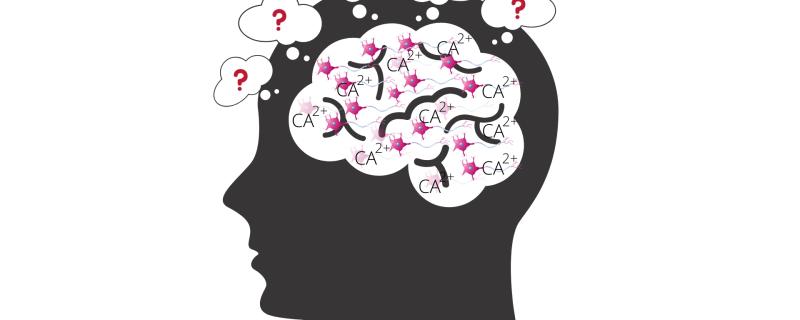ஈரல் அழற்சி (Hepatitis) சி என்பது ஒருவகை தொற்றுநோய். இது ஹெப்பாடிட்டீஸ் சி எனும் ஈரல் அழற்சி நச்சுநுண்மத்தினால் (virus) உண்டாக்கப்படுகின்றது. இந்த நச்சுநுண்மம் ரத்தத்தின் மூலமாக பரவுகின்றது. நரம்பு மருந்திற்கு பயன்படுத்தப்படும் ஊசிகள் மற்றும் ரத்த தானத்தின் போது பயன்படுத்தப்படும் சுகாதாரமற்ற மருத்துவ உபகரணங்கள் போன்றவற்றினால் இந்த நச்சுநுண்மம் பரவக்கூடும்.
Archives
ಅಧಿಕ ರಕ್ತದೊತ್ತಡವು ಭಾರತದಲ್ಲಿ ಸಾಮಾನ್ಯವಾಗಿ ಕಾಣುವ ದೀರ್ಘಕಾಲದ ಕಾಯಿಲೆಗಳಲಿೢ ಒಂದು. ರಾಷ್ಟ್ರೀಯ ಆರೋಗ್ಯ ವಿವರ (ನ್ಯಾಷನಲ್ ಹೆಲ್ತ್ ಪೋರ್ಟಲ್ - ಎನ್.ಎಚ್.ಪಿ) ೨೦೧೯ ರ ಪ್ರಕಾರ, ೨೦೧೮ ರಲ್ಲಿ ಸರ್ಕಾರಿ ಚಿಕಿತ್ಸಾಲಯಗಳಿಗೆ ಭೇಟಿನೀಡಿದ ಎಲ್ಲ ರೋಗಿಗಳಲ್ಲಿ ೬.೧೯% ಜನರು ಅಧಿಕರಕ್ತದೊತ್ತಡಕ್ಕೆ ಚಿಕಿತ್ಸೆ ಪಡೆದುಕೊಂಡಿದ್ದಾರೆ. ಈ ಸಂಖ್ಯೆ ಮಧುಮೇಹದಿಂದ ಬಳಲುತ್ತಿರುವ ಜನರಿಗಿಂತ ಹೆಚ್ಚಾಗಿದೆ (ಸುಮಾರು ೪.೭೫% ರಷ್ಟು).
Starting in 2006, North Korea has made a series of nuclear tests in its hidden backyard. The country’s latest one was conducted in 2017 at Punggye-ri, some 3.6 kilometres northwest of its first nuclear test site. Despite its success, the test results provided loose estimates of the source parameters like the energy produced and the depth of the explosion. Since this was the most extensive test conducted by North Korea, it has evoked special attention among the scientific community in the last two years. While many studies have tried to reckon these parameters, the results were shrouded in uncertainty. Besides, the country’s political abnegation of seismometers called for an exigent need for a more accurate means of estimating the blast site’s characteristics. In a recent study, published in the Geophysical International Journal, a team of scientists from the Indian Space Research Organisation (ISRO) seems to have done just that.
We all remember learning to read—at first, we were taught to read each letter or sound at a time laboriously. Eventually, we picked up reading entire words and sentences effortlessly. But, it is not yet clear as to what changes in our brain when we learn to read. In a recent study, researchers at the Indian Institute of Science, Bengaluru, have identified these changes in the brain changes that help in visually processing the words and helps us to read efficiently. The study was published in the journal Psychological Science and was funded by the Department of Biotechnology-Indian Institute of Science (IISc) Partnership Programme and the Wellcome Trust/DBT India Alliance.
उपग्रहाने घेतलेल्या संग्रहित प्रतिमांच्या डिजिटल प्रक्रियेच्या मदतीने मुंबई महानगराच्या वाढीचा अभ्यास
Study shows how a species of Indian ants choose the shortest path when they relocate their nest.
Dr Neena Gupta, Associate Professor at the Theoretical Statistics and Mathematics Unit of the Indian Statistical Institute (ISI), Kolkata, has been awarded the Shanti Swarup Bhatnagar Prize 2019, in the field of Mathematical Sciences. This prize, one of the most prestigious awards in the country for research in Science, honours scientists for significant and cumulative contribution to their area of research. Dr Gupta, the youngest person in Mathematical Sciences to receive this award till date, has been recognised for her contributions to affine algebraic geometry, especially in proposing a solution to the Zariski Cancellation Problem.
शोधकर्ताओं ने सोशल मीडिया पोस्ट से सार्थक डेटा निकालने के लिए एक खोज प्रणाली विकसित की है
The Indian monsoon, which sees much variability, has been crucial to the country's economy. It affects 42% of employed individuals in the country — farmers and those working in the agricultural sector. At times, a 'normal' monsoon brings enough rain to keep everyone happy, but sometimes, there is either a deluge or a drought. With recent meteorological advances, these variations can be predicted and recorded. But, how do we go back hundreds of years in time to understand the historical variability in Indian monsoon? Corals in the Red Sea may have answers, says a study by American researchers.
In a recent study, researchers from the Indian Institute of Science Education and Research, Pune, have shown that the release of calcium from the neurons in specific synapses promotes their reuse.

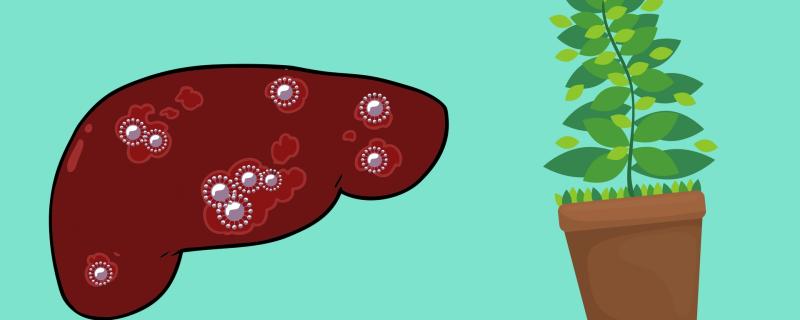
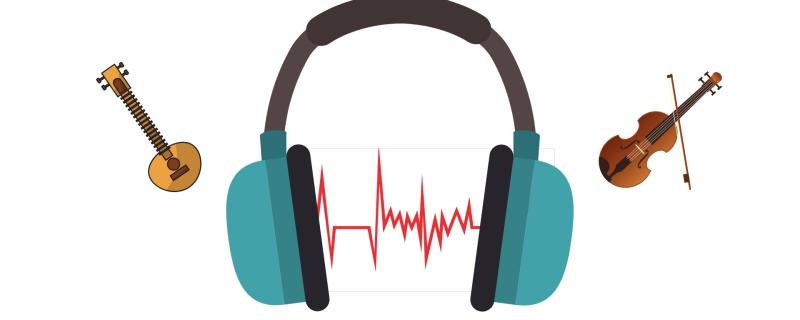
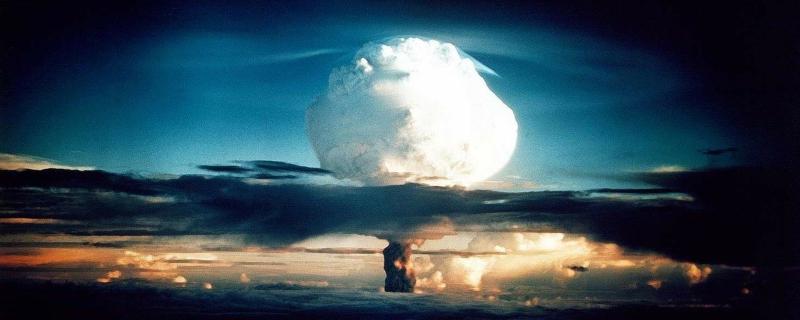
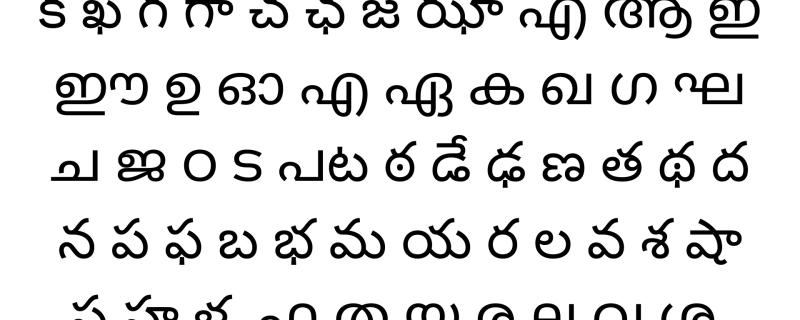
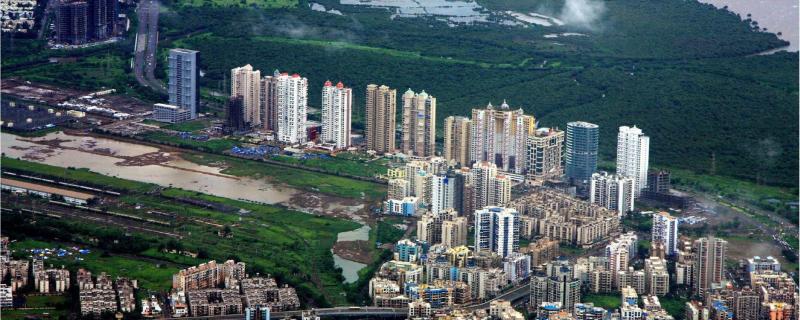
![Indian queenless ant (Diacamma indicum) [Photo Credit: Kushankur Bhattacharya, Ant Lab, IISER Kolkata] For these ants, the road to their new nest is almost never long](/sites/researchmatters/files/styles/large_front_800x320/public/diacama_indica_3.jpg?itok=SKMIaQCS)
![Dr Neena Gupta [Photo Credit: Arunita Banerjee] Mathematician Dr Neena Gupta shines as the youngest Shanti Swarup Bhatnagar awardee](/sites/researchmatters/files/styles/large_front_800x320/public/dr_neena_gupta.jpg?itok=KxUW1Rce)

